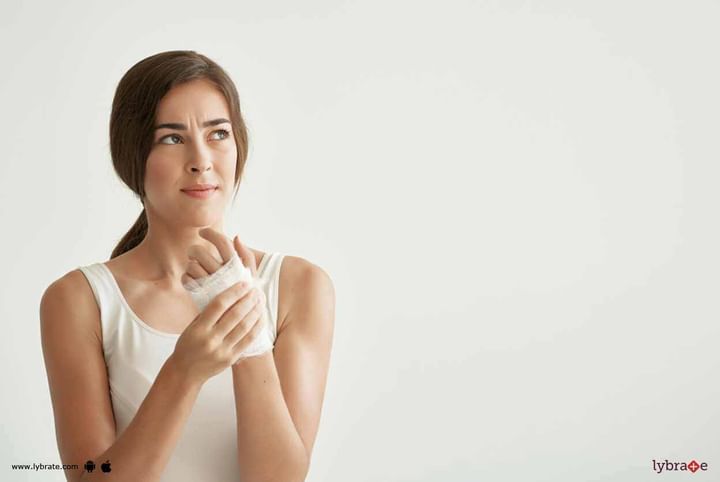Non-Healing Ulcer And Wound Management!
A non-healing wound can be any wound that does not show improvement after roughly a month and is not on the way to healing in about 2 months. There are several types of non-healing wounds, and ulcers are a major type. The other types include:
• Surgery wounds that don’t seem to heal.
• Pressure related ulcers.
• Wounds that start healing but go back to square one several times.
• Wounds and ulcers caused due to disorders of body metabolism.
Symptoms: how do you understand a wound is of the non-healing variety?
Following are The Symptoms to Look Out For:
• Pain in the wound, either one that starts out after some time or one that was present from the very beginning but keeps increasing in magnitude.
• A foul smell surrounding the wound.
• An oozing sensation from the wound, or a feeling of liquid oozing from it.
• The wound becomes tender, and can turns red and hot.
Non-healing wounds are dangerous because the surface is exposed to the environment for a very long time, making it open passage for numerous bacterial germs in the atmosphere. This can lead to serious infection. The infection can get so bad that a limb might even have to be amputated.
How to manage and cure these wounds?
There are Several Ways to Keep the Damage Under Control, and These are The Most Effective Methods:
The most important part of treatment is to investigate to know the cause for ulcer. Here are the investivative measures taken:
- Arterial: Evaulation of circulation to leg if reduce corrective measures like angioplasty/stenting/bypass and wound care.
- Venous: Correction of venous insufficiency with laser or vein surgery amd wound care.
- Neuropathic and treatemnt accordingly: Offloading shows and corrective measures.
- Skin Grafting
• Trans-cutaneous oximetry: this is a method that uses electrodes to achieve its objective. The electrode is attached to the skin and heats it up. The blood vessels just beneath the skin are also heated up, and they dilate. It also improves oxygen circulation in the area and provides a reading of the oxygen pressure. This apparatus also maintains a specific temperature at the site so as to not cause thermal trauma.
• Skin grafting: in this procedure, skin is removed from one part of the body and transplanted onto another. The skin is surgically removed from a part that is generally not exposed through clothes, like the thighs or buttocks. The procedure can involve removal of either the top layers or all the layers of a portion of the skin.
Non-healing wounds and ulcers are dangerous and infectious, and proper care must be taken to diagnose and heal them. If you spot one on your body, the best bet is to go for methods like skin grafting or transcutaneous oximetry, for complete cure.



+1.svg)
